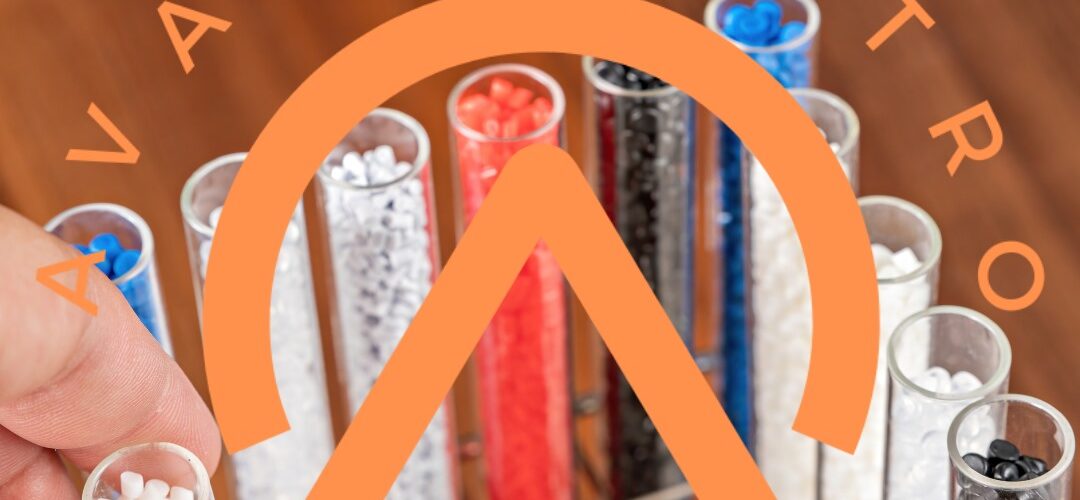Unraveling the Mysteries of Soft Plastic: What is it Called?
Soft plastic has become an indispensable material in our daily lives, with its versatile applications ranging from packaging to consumer goods. Have you ever wondered, “What is soft plastic called?” In this comprehensive guide, we delve into the intricacies of soft plastic, its various names, and the impact it has on our environment.
The Polymeric Marvel: Understanding Soft Plastic
Soft plastic, scientifically known as polyethylene, is a synthetic polymer derived from petrochemicals. Its flexibility and malleability make it an ideal material for manufacturing a myriad of products. Polyethylene can exist in different forms, each serving specific purposes in various industries.
Soft Plastic Variants
- Low-Density Polyethylene (LDPE): LDPE, known for its pliability, is commonly used in packaging materials like plastic bags and wraps. Its flexibility and transparency make it a popular choice for everyday products.
- High-Density Polyethylene (HDPE): HDPE boasts a higher density, rendering it sturdier. This type of soft plastic is often employed in the production of bottles, containers, and even toys.
- Polyvinyl Chloride (PVC): PVC, although not as soft as other variants, is still classified as soft plastic. Widely used in construction materials, pipes, and inflatable structures, PVC showcases the adaptability of soft plastics in diverse applications.
Soft Plastic Synonyms: Decoding the Terminology
Soft plastic goes by various names, each reflecting its unique characteristics or intended use. These synonymous terms might be encountered in different contexts, leading to potential confusion among consumers.
Plastics by Feel: Understanding the Softness
- Malleable Plastic: Often used to describe the pliability of soft plastic, the term “malleable” emphasizes the material’s ability to be shaped and molded without losing its structural integrity.
- Flexible Polymer: Highlighting the flexibility of soft plastic, this term emphasizes the material’s capability to bend and twist, making it suitable for a wide array of applications.
Plastics by Application: Contextualizing Softness
- Packaging Material: Soft plastic is frequently referred to as a primary component in packaging materials, encompassing items like bags, films, and wraps.
- Consumer Goods Plastic: In the realm of consumer goods, soft plastic is often labeled as such when used in the production of everyday items like containers, toys, and household products.
Environmental Implications: Soft Plastic and Sustainability
While soft plastic contributes to convenience and functionality, its environmental impact cannot be ignored. The persistence of soft plastic in landfills and oceans has raised concerns globally, leading to a growing focus on sustainable alternatives.
Sustainable Solutions: Reducing the Ecological Footprint
- Biodegradable Alternatives: Researchers and manufacturers are exploring biodegradable options to mitigate the environmental impact of soft plastic. These alternatives break down naturally, reducing the long-term ecological burden.
- Recycling Initiatives: Recycling soft plastic is gaining momentum as a viable solution. Many companies are actively promoting recycling programs to transform used soft plastic into new products, minimizing waste and promoting circular economy practices.
Conclusion: Navigating the Soft Plastic Landscape
In conclusion, soft plastic, often referred to as polyethylene or by application-specific terms, is a fundamental material in our daily lives. Understanding its variants, synonyms, and environmental implications allows consumers to make informed choices. As we navigate the soft plastic landscape, embracing sustainable alternatives and supporting recycling initiatives can pave the way for a greener future.
Written by Emir Narin

